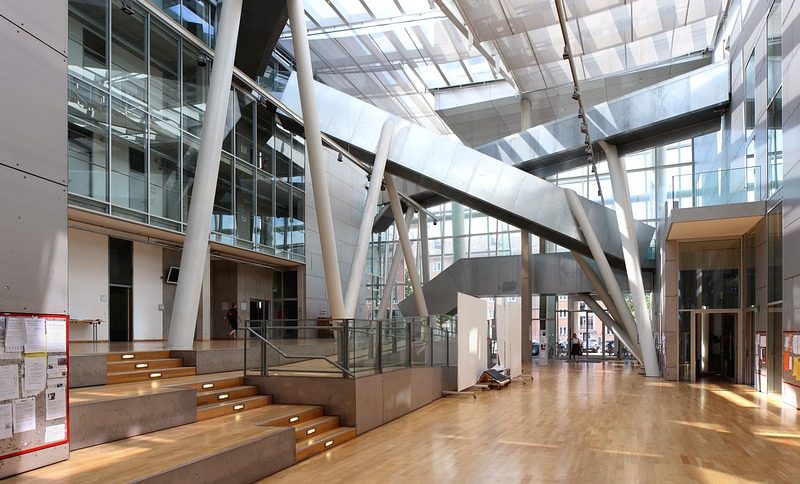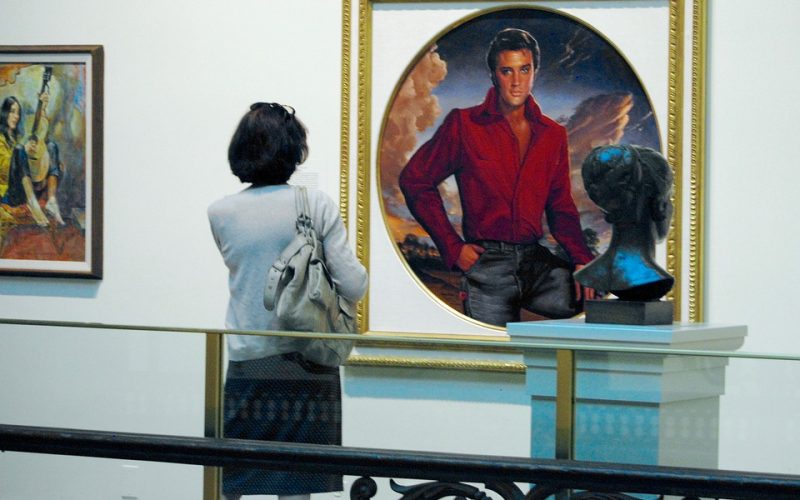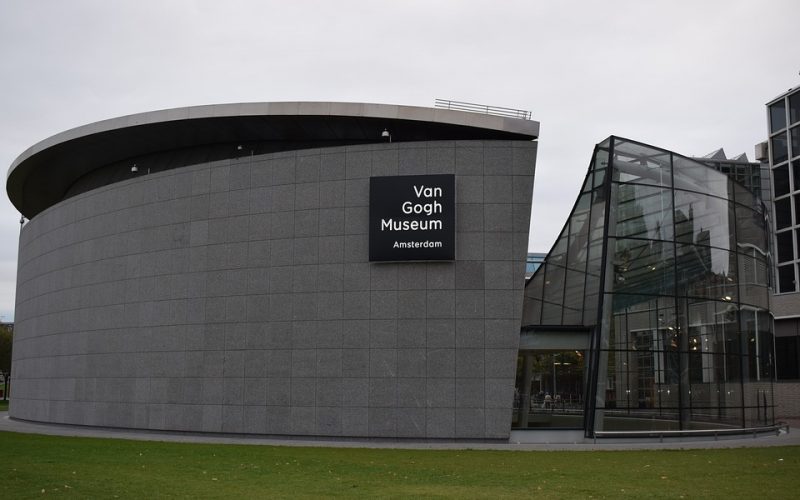Every major city in the world has at least one art gallery that is well-known. These galleries have usually been in business for several decades, and they have worked hard to earn their good reputations for providing fine art for sale. They also hire and train fine art students in the buying and selling of art. Many gallery owners worked their way up in a major gallery before striking out on their own. This has been the system for art galleries for many years.
Not every gallery stocks the works of all artists or types of art. Instead, many galleries specialize in only a few artists. They know where other works are available, and they can also recommend where to find the artists they do not sell. A group of major galleries functions as a network in the art world. They keep current on each other’s art stock and artists. This helps their customers who might want a piece the gallery does not sell.
Smaller galleries are generally opened by people who have worked for years at major galleries. After they have finished their schooling, they work at galleries to learn the business side of fine arts. Many gallery workers dream of opening their own shop one day. They choose a specialty and work towards knowing as much as possible about the artists and their work in that field. Major galleries encourage them to learn and succeed.
Trade between larger and smaller galleries is another way they provide a network for both artists and art customers. Because many smaller shops are owned by people who worked in a major gallery, there are a host of relationships between owners. Both types of galleries benefit from having diversity in their specialties and artists. Communication between them is easier because they know each other personally. This makes their network function to provide their customers with the best choices possible.



















